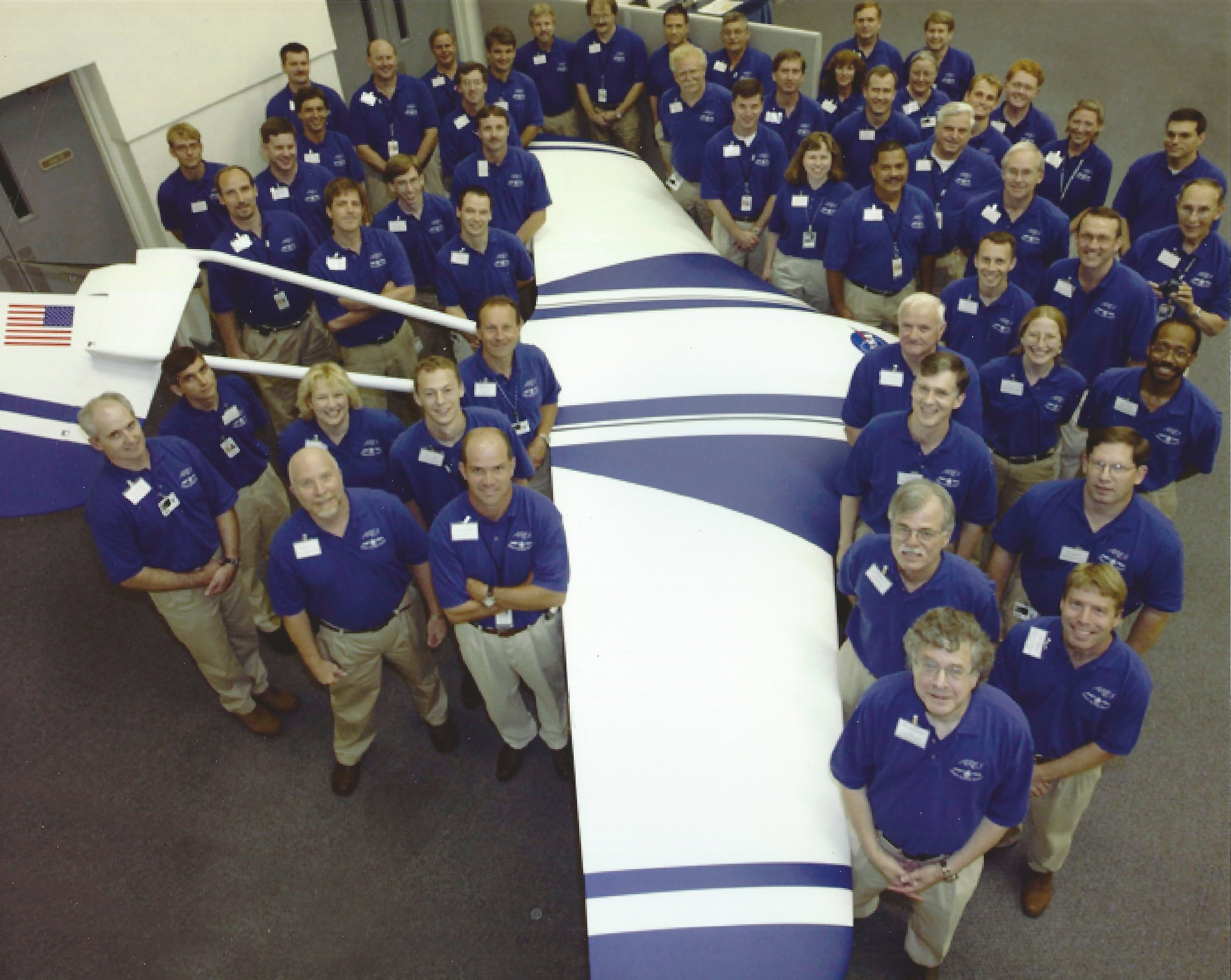|
Aerial Regional-scale Environmental Survey
The Aerial Regional-scale Environmental Survey (ARES) was a proposal by NASA's Langley Research Center to build a robotic, rocket-powered airplane that would fly one mile above the surface of Mars, in order to investigate the atmosphere, surface, and sub-surface of the planet. The ARES team, headed by Dr. Joel S. Levine, sought to be selected and funded as a NASA Mars Scout Mission for a 2011 or 2013 launch window. ARES was chosen as one of four finalists in the program, out of 25 potential programs. However, the Phoenix mission was ultimately chosen instead. ARES would have traveled to Mars compactly folded into a protective aeroshell; upon entry in the thin atmosphere, the capsule would have deployed a parachute to decelerate, followed by ARES release at altitude. As well as the aforementioned goals, the aircraft would also have investigated the atmosphere of Mars and its weak magnetic field. Goals ARES would have been able to measure the crustal magnetization, spatia ... [...More Info...] [...Related Items...] OR: [Wikipedia] [Google] [Baidu] |
NASA
The National Aeronautics and Space Administration (NASA ) is an independent agency of the US federal government responsible for the civil space program, aeronautics research, and space research. NASA was established in 1958, succeeding the National Advisory Committee for Aeronautics (NACA), to give the U.S. space development effort a distinctly civilian orientation, emphasizing peaceful applications in space science. NASA has since led most American space exploration, including Project Mercury, Project Gemini, the 1968-1972 Apollo Moon landing missions, the Skylab space station, and the Space Shuttle. NASA supports the International Space Station and oversees the development of the Orion spacecraft and the Space Launch System for the crewed lunar Artemis program, Commercial Crew spacecraft, and the planned Lunar Gateway space station. The agency is also responsible for the Launch Services Program, which provides oversight of launch operations and countdown management f ... [...More Info...] [...Related Items...] OR: [Wikipedia] [Google] [Baidu] |
Mars Global Surveyor
''Mars Global Surveyor'' (MGS) was an American robotic space probe developed by NASA's Jet Propulsion Laboratory and launched November 1996. MGS was a global mapping mission that examined the entire planet, from the ionosphere down through the atmosphere to the surface. As part of the larger Mars Exploration Program, Mars Global Surveyor performed atmospheric monitoring for sister orbiters during aerobraking, and helped Mars rovers and lander missions by identifying potential landing sites and relaying surface telemetry. It completed its primary mission in January 2001 and was in its third extended mission phase when, on 2 November 2006, the spacecraft failed to respond to messages and commands. A faint signal was detected three days later which indicated that it had gone into safe mode. Attempts to recontact the spacecraft and resolve the problem failed, and NASA officially ended the mission in January 2007. MGS remains in a stable near-polar circular orbit at about 450 km ... [...More Info...] [...Related Items...] OR: [Wikipedia] [Google] [Baidu] |

